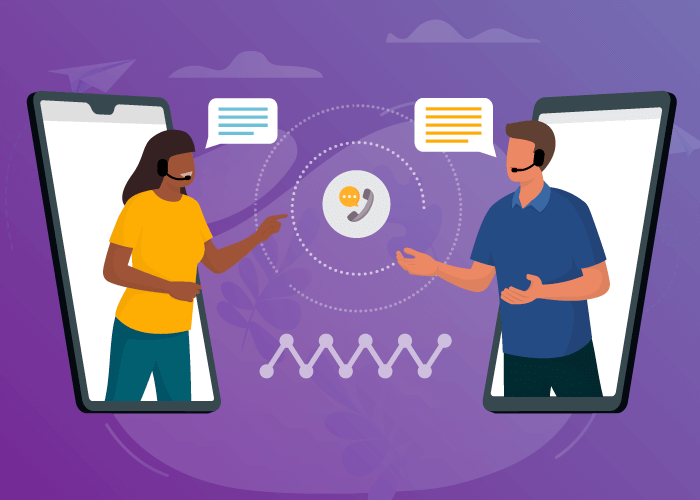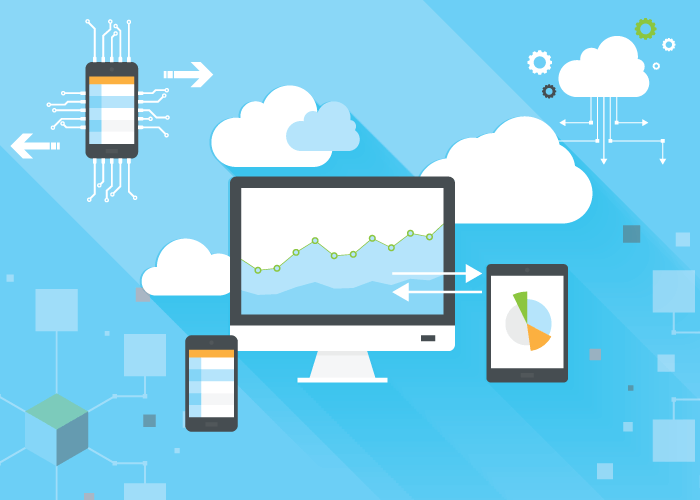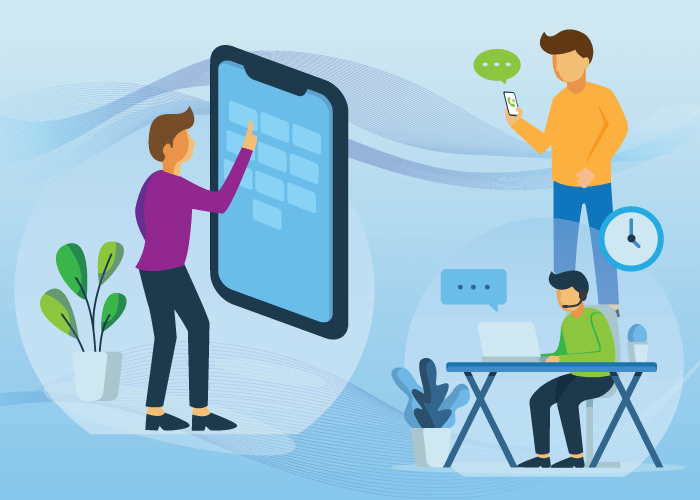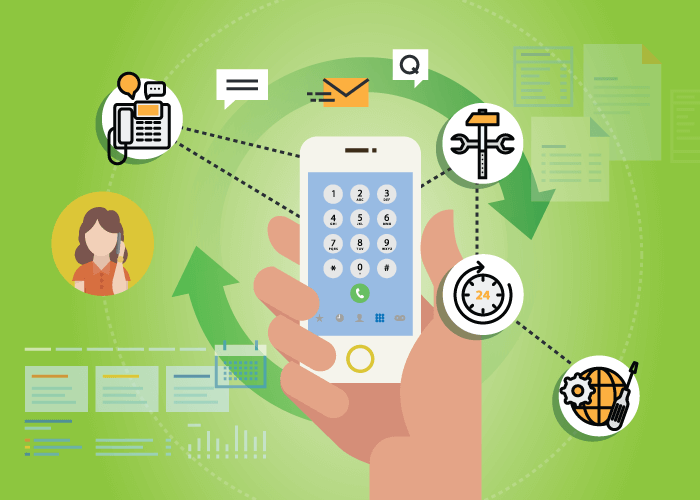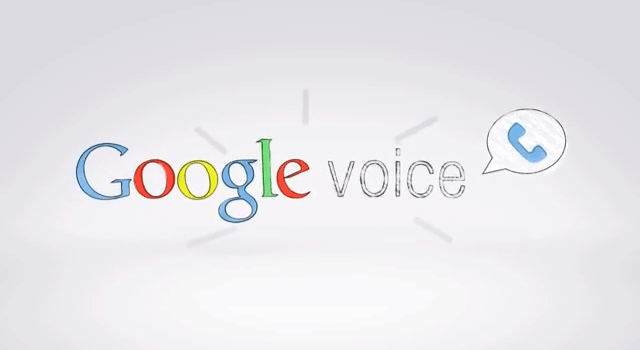Paid Vacation Days in the United States
The United States is the only developed country in the world where paid time off is not required.
Yes, you read that correctly. Though the average American takes off about ten days off per year, none of them are actually required by law. While The Fair Labor Standards Act (FLSA) does offer standard benefits such as basic wages and overtime pay, it does not entitle employees to paid time off. Not for vacations, not for holidays, and most disturbingly, not for those facing any illnesses.
Instead, employers have the option to make individual contract agreements between themselves and their workers. However, this tends to be problematic for a number of reasons. For example, under this system, two employees with the same amount of job experience can still have an unequal amount of paid leave. This opens the door to favoritism or prejudice. More than that, many people will often avoid using their paid vacation out of fear of losing their job.
U.S. Federal employees have situations that prove to be a little better than the rest of the country. Depending on seniority, the government offers a standard amount of time for vacations and breaks. In addition to that, they are all given time off for ten federal holidays a year.
Americans have been proposing Congress mandate a solution to this dilemma for years, suggesting a minimum of at least two weeks. However, experts agree it’s just not likely that this will be resolved in the near future.
Paid Vacation Days in Other Countries
In contrast, every single country in the European Union, including Sweden, Italy, and France, have at least four mandatory weeks of paid vacation a year. There are differences based on individual government mandates. However, countries that rank the highest in terms of satisfaction are generally in these areas. Here is a breakdown of some of the other more successful ones:
New Zealand: 30 days off
Italy: 30 days off
Belgium: 30 days off (after they work for their employer for at least one year)
France: 31 days off
Spain: 34 days off
Germany: 34 days off
Portugal: 35 days off
Austria: 35 days off
Austria wins the prize for the most amount of time off, with 13 paid holidays and 22 paid vacation days. Additionally, if a person has at least 25 years job experience, they are entitled to more.
There are other ways international businesses are attempting to make improvements for workers. For instance, France has had a 35-hour workweek since the year 1999. Recently they have introduced new legislation that encourages employees to turn off their work phones and avoid emails during their time off.
Sweden is also considering shorter working days for their residents. It is reported that their 6 hour work days could make people happier and healthier than ever.
Finally, other countries desire to take parental leave more seriously. While the U.S. offers no mandatory parental leave, Denmark provides nursery care for all citizens so that mothers and fathers alike can have a better work-life balance. New parents are given one year of paid leave after they have a child, or if they have adopted a child. Finland has also made it a law that parents of smaller children are able to use subsidized child care centers.
Vacation Days Directly Linked to Productivity
So what is stopping the United States from adopting these same laws and ordinances for citizens? It could be that employers fear that time off equals more expenses they simply cannot afford. This is especially true for smaller enterprises and startups trying to compete with much larger organizations. Some offices would need to hire replacements or have employees work overtime to make up for that “lost” time. But hundreds of studies prove that workers are overall more productive with increased vacation time.
In a study by the Society for Human Resource Management (SHRM) for Project: Time Off, HR managers believe that taking vacation time leads to greatly improved performance (75%) and better job satisfaction (78%). In other words, vacation gives a person the chance to “recharge their batteries” and mentally rest from their job. When they finally return to their desk, morale (and overall productivity) is improved.
Time away from an office setting also gives people a chance to tap into their creative side. This is especially important for those who frequently face complicated challenges at work. Rest can stimulate new ideas to solve old problems by helping individuals gain new clarity. It is an excellent way to refresh or renew motivation.
The Case For Businesses to Invest in Paid Vacations
It’s not just the employees who stand to gain from mandatory paid vacations in the United States. Organizations will also see long-term advantages. When they invest in time off for their workers, they see the results in terms of work quality after they return. Not only that, there are a lot of cost savings involved.
How does this work? Employees tend to feel more valued when offered a certain amount of time away from work. Organizations with happier workers will see less turnover. A high turnover rate incurs high costs. Every time you lose an employee, Human Resources must spend time with the process of interviews, onboarding, and training. This takes up not only time but also money. In fact, every time a business replaces a salaried employee, it actually costs them, on average, 6 to 9 months of that person’s salary. So even if that person was making only $40,000 per year, a business stands to lose at least $20,000 in resources.
When employees have the flexibility of paid vacation days, they are much less likely to “call in sick” at the last minute unexpectedly. They feel more empowered to take care of themselves and their personal needs in their own time.
Finally, paid time off gives employers a strategy to attract more experienced workers. For example, a company offering a standard three-week vacation will help you recruit the best and the brightest in the industry, especially if a competitor only offers ten days.
